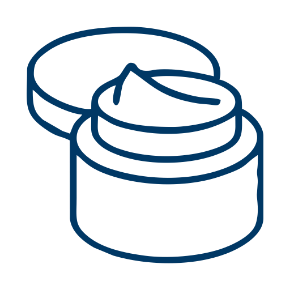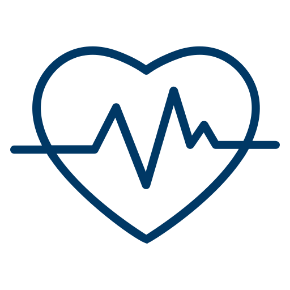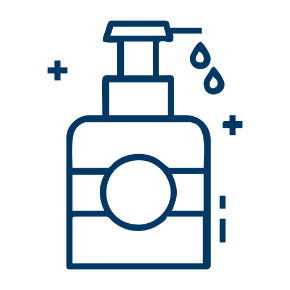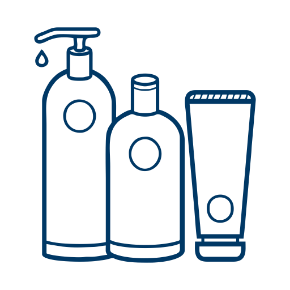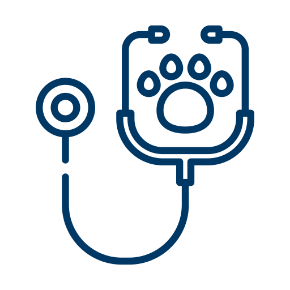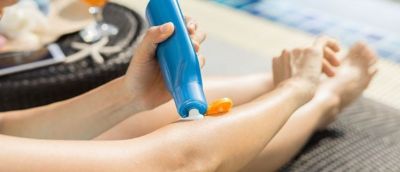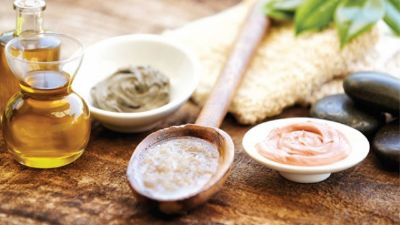We all know that the sun is harmful for our skin but understanding the difference between UVA and UVB rays is vital when choosing your sun protection. Read on to discover all you need to know about ultraviolet rays and your skin.
You’re probably aware that the ultraviolet (UV) radiation emitted by the sun can be divided into two main types, ultraviolet A (UVA) and ultraviolet B (UVB). Both types damage unprotected skin - but did you know that they don’t affect skin in the same way? Understanding the difference is important when choosing your sun protection and the need for broad spectrum protection.
What are UVA rays?
UVA light, also known as long-wave light, is responsible for about 95% of the UV light that reaches our skin, with a wavelength of 320 nm to 400 nm. UVA rays are present all year round - as long as there’s daylight, there’s UVA. As the longest wave on the UV spectrum, they’re able to penetrate deep into the skin, 80% of UVA rays reach the outer layer of the dermis, the layer of skin beneath the epidermis. This makes them responsible for most preventable photo-ageing, as well as 35% of skin cancers.
Although both UVA and UVB are bad for skin, UVA rays are more of a worry because a much larger percentage of them reach earth’s surface and they are present all day long and all year-round, even when it’s cloudy. So if it’s daylight at any hour, UVA rays are present.
Unlike with UVB rays, you do not feel UVA rays damaging your skin. UVA rays are responsible for getting a suntan, and unless you burn first, getting a tan is not painful. However those stealthy UVA rays are reaching deep into skin, destroying many of the important substances that help give skin its elasticity and firmness. As a result of this, UVA rays are a major contributor to wrinkles and skin ageing as well as every type of skin cancer.
Another thing to remember is that UVA rays penetrate glass, which UVB rays can’t do. Unless windows are specially treated to filter UVA radiation, you could be under attack when simply sitting in your car or sitting by the window at work.
What are UVB rays?
UVB rays, meanwhile - the rays we most commonly associate with tanning - are at their greatest in the summer months and are responsible for 96% of sunburn cases. The intensity of UVB rays varies according to factors such as geographical location, time of day and the season. So in the Northern hemisphere you can expect them to be strongest in the summer months, in places with sunny climates, though like UVA rays they are present all year round.
UVB light has a much smaller range than UVA with a wavelength of 290 nm to 320 nm. Although it’s not as deeply skin-penetrating or omnipotent as UVA rays, UVB light is very powerful, that’s why it’s directly responsible for sunburn and other visible discolorations to skin’s surface. UVB radiation also plays a part in skin cancers.
So, while both UVA and UVB rays can result in instant - and temporary - light tanning, their secondary effects vary, with UVB rays being mostly responsible for sunburn and UVA rays being major contributors to cutaneous photo-ageing. UVB and UVA radiation is reflected from sand, water, and snow, [In fact an astonishing 80% of UVB rays reflect from snow with higher altitudes being more damaging.] Together they lead to skin darkening and greying, wrinkles, loss of firmness, redness and collapse of immune defences. Scary stuff! So wherever it is you’re going, you’ll want to pack a protection with broad-spectrum filters against UVA and UVB radiation, [the SPF rating only applies to protection against UVB rays]. If the sun protection is labelled “broad spectrum” it has been tested and proven to protect against the full range of UVA and UVB radiation.

